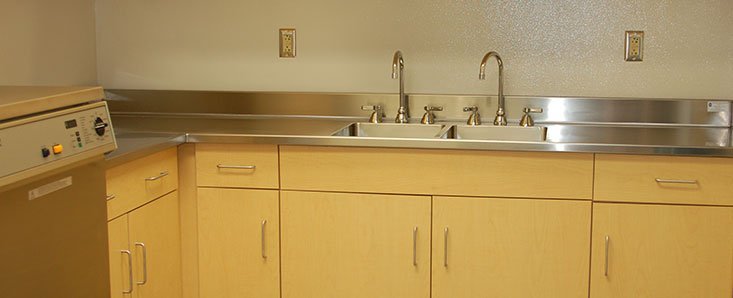Type 304 vs Type 316 Stainless Steel
07.13.2020

Type 304 and Type 316 are the most popular and widely used types of stainless steel. From sight, it’s extremely difficult to tell the difference between the grades as they look identical.
The biggest difference between type 304 and 316 is molybdenum. This is present in type 316 stainless steel. It is a chemical element used for the strengthening and hardening of steel. The main function of molybdenum in type 316 stainless steel is to resist corrosion from chlorides. Type 316 has more nickel content than type 304 and type 304 has more chromium than type 316. The general make up of type 304 is 18% chromium and 8% nickel, while type 316’s general make up is 16% chromium, 10% nickel and 2% molybdenum.
These two grades of stainless steel are comparable in appearance, chemical makeup and characteristics. Both are also durable and have excellent rust and corrosion resistance. Type 304 is the most versatile and widely used stainless steel in the world because of its resistance to corrosion. Type 304 is also more cost-effective as compared to type 316, which is another reason it is more widely used.
Type 316 stainless steel is more costly because it provides a higher corrosion resistance, particularly against chlorinated solutions and chlorides. This makes type 316 more practical and applicable where salt exposure is an issue.
Applications of 304 Stainless Steel:
- Storage tanks
- Countertops
- Cabinetry
- Wall Panels
Applications of 316 Stainless Steel:
- Marine cabinetry & countertops
- Outdoor kitchens in coastal areas that have salt water
- Pharmaceutical equipment where chlorides are commonly used
- Laboratory equipment where chlorides are commonly used
In short, Type 304 is the most commonly used stainless steel in the world. However, if you need a grade of stainless steel with higher corrosion resistance, then type 316 is the grade of stainless steel you will need to serve your purpose. Click HERE to request your SFI Custom Quote today.













